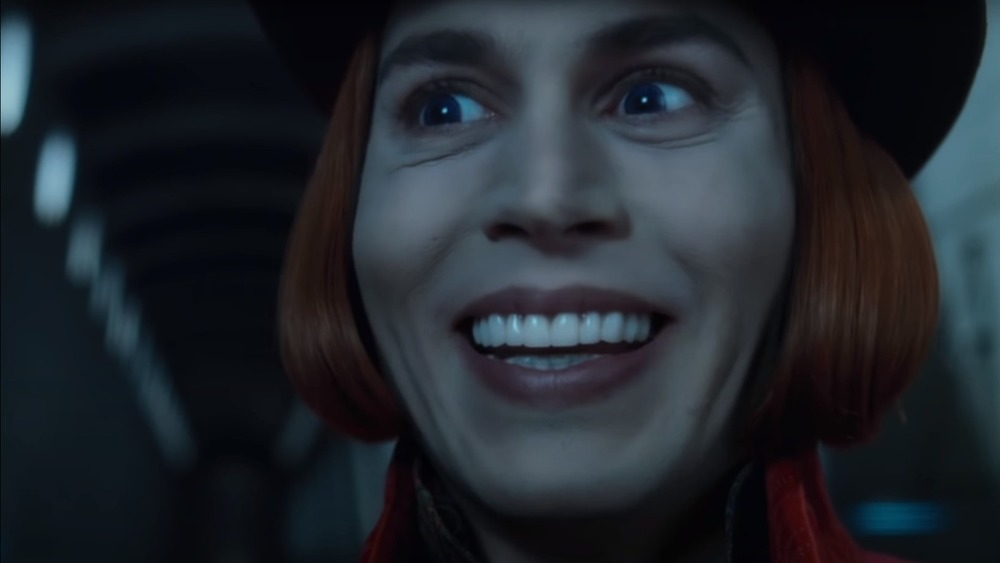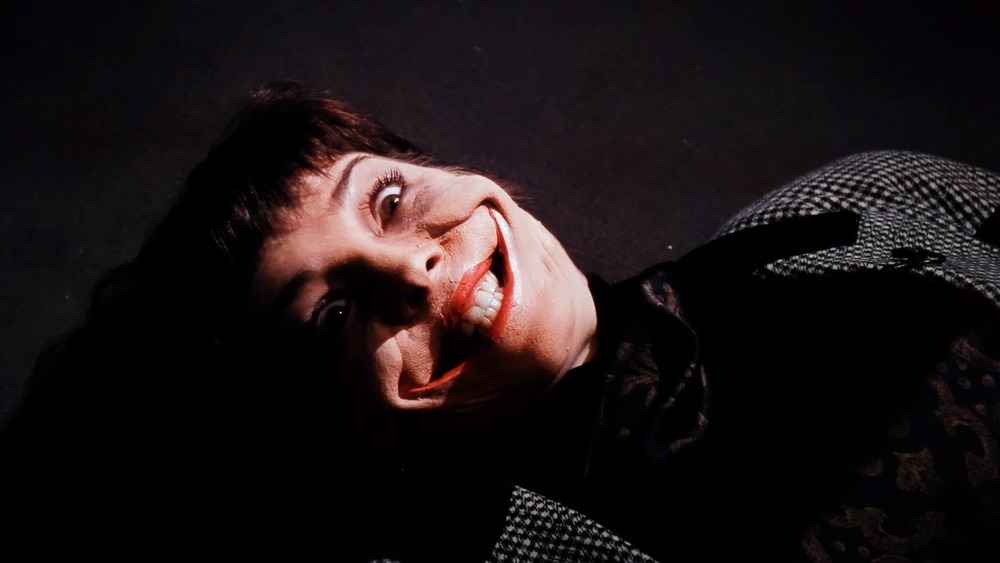How Charlie And The Chocolate Factory Is Connected To Batman '89
It all comes down to two diametrically opposed facts: One, nobody will ever improve on Gene Wilder's Willy Wonka. And two, everything gets better when you add more Batman.
Depending on who you ask, Tim Burton's adaptation of Charlie and the Chocolate Factory either proved or disproved every possible combination of these truisms.
2005 was, in all likelihood, a complicated time for Burton, professionally. The quirky auteur had directed two major releases since the turn of the century, and half of them had been Planet of the Apes. Additionally, a blossoming cinematic superhero renaissance was underway. Between the critically-derided Joel Schumacher follow-ups to Burton's Batman stories, and Christopher Nolan's bleak new vision for Gotham, it probably seemed like the world had moved on from his past success.
Luckily, he still had one big card to play: A long-running working relationship with Johnny Depp, whose recent work as Jack Sparrow had made him the hottest item on the Hollywood menu. And so, kicking off a period of collaboration that would soon become a trope, Depp and Burton teamed up to make Charlie and the Chocolate Factory, a deeply weird remake of a story that was already about torturing children for having bad manners. And in a sly maneuver, Burton even snuck in a Keaton-era Batman Easter egg which, if nothing else, went a long way towards explaining why Willy Wonka couldn't stop smiling.
Charlie and the Indiscriminate Murder Factory
Burton's retelling of the Wonka mythos hits a lot of the same beats as Roald Dahl's original book — peewee-league body horror denouement included. One detail, which had been omitted from the 1971 Willy Wonka film, is Charlie's father, Mister Bucket, and his nine-to-five job at a factory, screwing the tops onto tubes of toothpaste. Flying in the face of an easy wad of product placement cash from Colgate, Burton's movie opts to have the family patriarch work for a fictional toothpaste manufacturer named Smilex.
For fans of Burton's earlier work, and traumatized Millennials, that name might ring a bell. That's because "Smylex," with a Y, was the name of the product that Jack Nicholson's Joker utilized in the 1989 Batman movie, turning the denizens of Gotham into grinning, petrified corpses by adding its component parts to their personal grooming products.
Now, there's an argument to be made here that the reference points to an even darker Wonka-verse than the one we already got — one where Wonka himself, portrayed as a man whose quasi-abusive father hammered the importance of dental hygiene into the depths of his soul, used so much Joker brand toothpaste that his face became frozen in a rictus smile. It seems more likely, though, that as Christopher Nolan's Dark Knight trilogy was beginning to pick up steam, Burton just wanted to slip in a friendly reminder that he was there first, emphasizing once and for all the dangers inherent in rubbing another man's rhubarb.

